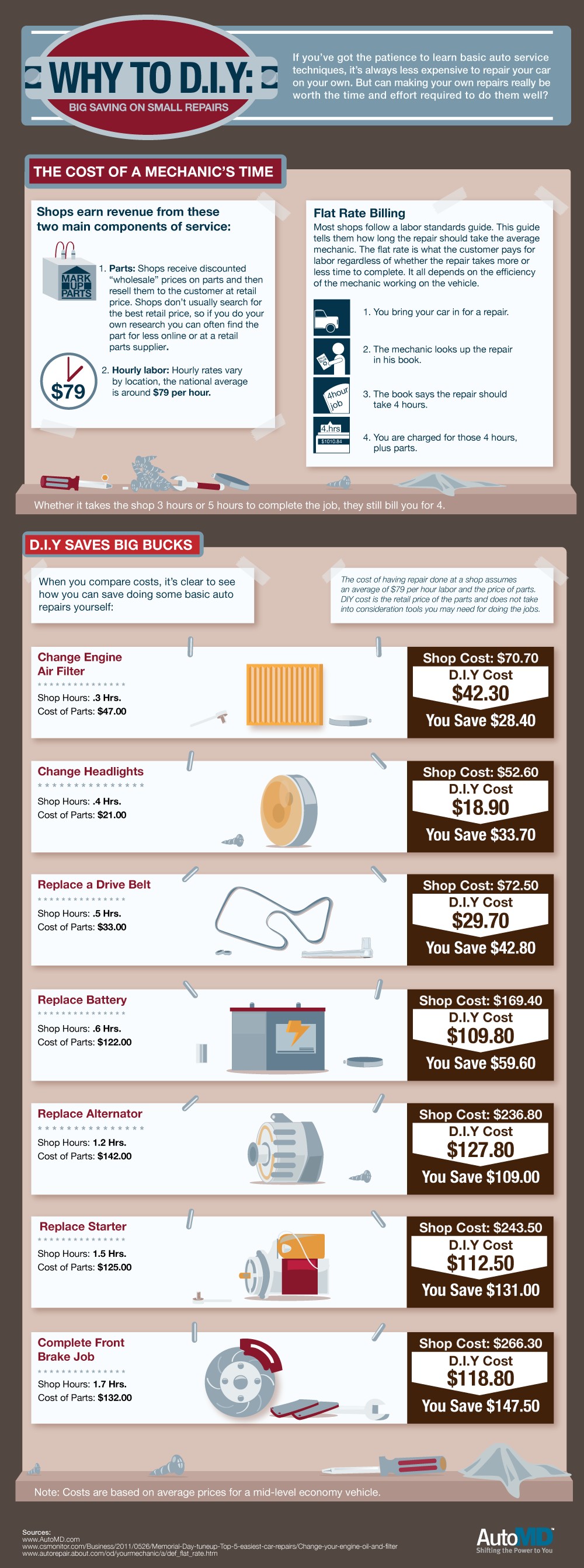Examining Your Cars And Truck'S Warning Indicators: What They Truly Communicate
Examining Your Cars And Truck'S Warning Indicators: What They Truly Communicate
Blog Article
Writer-Boye Shepherd
When you're behind the wheel, those glowing caution lights on your dashboard can be a bit complicated. Do you recognize what they're trying to inform you regarding your automobile's health? Recognizing the value of these lights is essential for your safety and the long life of your vehicle. So, the next time one of those lights appears, wouldn't you want to decipher its message properly and take the required actions to resolve it?
Common Warning Lights and Interpretations
Identify typical caution lights in your car and comprehend their meanings to ensure risk-free driving.
One of the most regular warning lights include the check engine light, which indicates concerns with the engine or exhausts system. If this light comes on, it's crucial to have your car examined promptly.
The oil stress warning light indicates reduced oil stress, needing immediate focus to avoid engine damage.
https://denverite.com/2022/06/07/the-future-of-the-broadway-firestone-auto-shop-262-new-homes-or-preserving-car-culture/ blinking battery light could recommend a faulty charging system, potentially leaving you stranded if not resolved.
ceramiccoatingauckland tracking system (TPMS) light notifies you to low tire stress, influencing vehicle stability and gas efficiency. Neglecting this could result in hazardous driving problems.
The ABS light suggests an issue with the anti-lock braking system, compromising your capacity to stop quickly in emergency situations.
Finally, the coolant temperature level advising light warns of engine overheating, which can result in serious damages if not solved swiftly.
Understanding these typical warning lights will assist you attend to problems immediately and maintain risk-free driving problems.
Significance of Prompt Focus
Recognizing the typical warning lights in your cars and truck is just the first step; the significance of quickly addressing these warnings can not be stressed enough to ensure your security on the road.
When a caution light brightens on your control panel, it's your automobile's way of communicating a possible concern that requires focus. Neglecting these cautions can lead to extra severe problems down the road, compromising your safety and security and possibly costing you a lot more out of commission.
Trigger interest to warning lights can avoid failures and accidents. As an example, a blinking check engine light might show a misfire that, if left neglected, could cause damage to the catalytic converter. Resolving this without delay can save you from a costly fixing.
Similarly, a brake system cautioning light may indicate reduced brake fluid or worn brake pads, essential parts for your safety when driving.
Do It Yourself Troubleshooting Tips
If you see a caution light on your dashboard, there are a couple of DIY fixing tips you can attempt before seeking expert aid.
The very first step is to consult your cars and truck's manual to comprehend what the details warning light shows. Occasionally the problem can be as basic as a loosened gas cap causing the check engine light. Tightening up the gas cap may settle the trouble.
Another usual concern is a low battery, which can activate various warning lights. Inspecting the battery links for corrosion and guaranteeing they're safe and secure may deal with the problem.
If a warning light continues, you can attempt resetting it by detaching the auto's battery for a few mins and then reconnecting it. In addition, checking your vehicle's liquid degrees, such as oil, coolant, and brake fluid, can assist repair warning lights related to these systems.
Verdict
Finally, recognizing your auto's caution lights is vital for maintaining your automobile running smoothly and safely. By without delay dealing with these informs and knowing what they indicate, you can avoid pricey repair services and prospective breakdowns.
Bear in mind to consult your automobile's guidebook for specific information on each warning light and take action accordingly to ensure a trouble-free driving experience.
Stay educated, stay secure on the road!
